1. The Earth Is the Center of the Universe
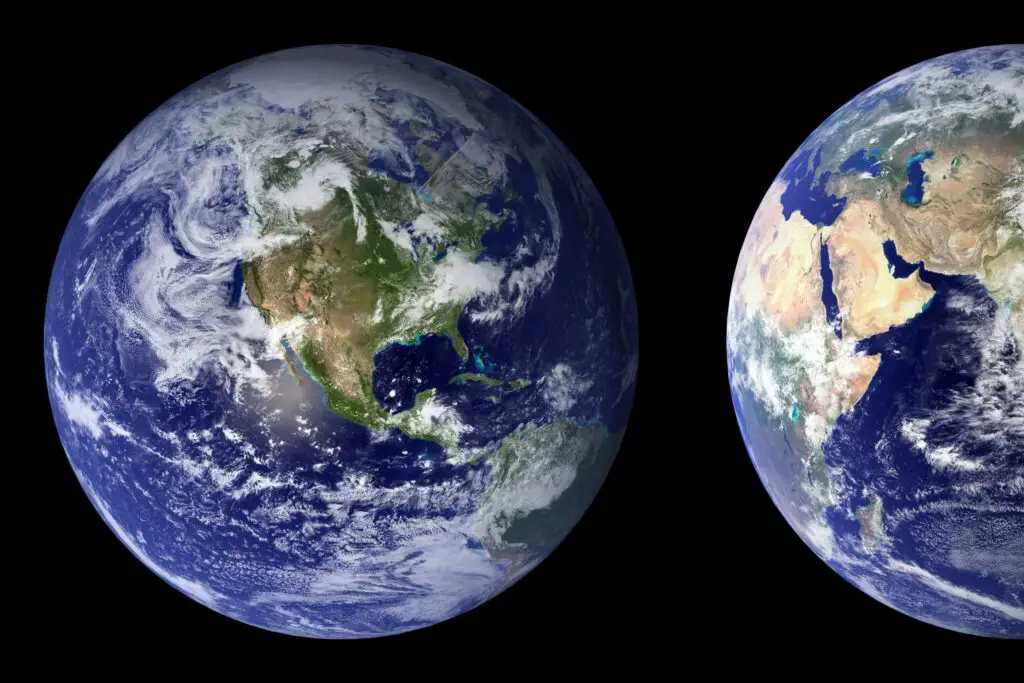
It’s hard to believe now, but for centuries, people genuinely thought Earth was the center of everything. This geocentric model, backed by philosophers like Aristotle and Ptolemy, was taught in schools and accepted by the Church, which made questioning it a pretty risky move shares Bored Teachers.
It wasn’t until Copernicus proposed the heliocentric model, and Galileo backed it with his telescope, that things started to shift. But even then, Galileo got into serious trouble for contradicting the Church. The idea of Earth orbiting the Sun was considered heretical. Thankfully, science eventually won out, but it took generations to unlearn what had been accepted as fact adds Space.
2. Spontaneous Generation

At one point, people believed that life could just appear out of nowhere. Think maggots forming from meat or mice materializing from piles of grain. This bizarre idea, known as spontaneous generation, was actually taught as a scientific truth for centuries shares Britannica.
It wasn’t until the 1600s and 1800s, with experiments by Francesco Redi and Louis Pasteur, that this theory was finally debunked. Pasteur showed that microorganisms came from other microorganisms, not from thin air. But before that, people genuinely believed life just popped into existence from lifeless matter explains Wikipedia. Makes you think twice about what we believe now, right?
3. Phrenology
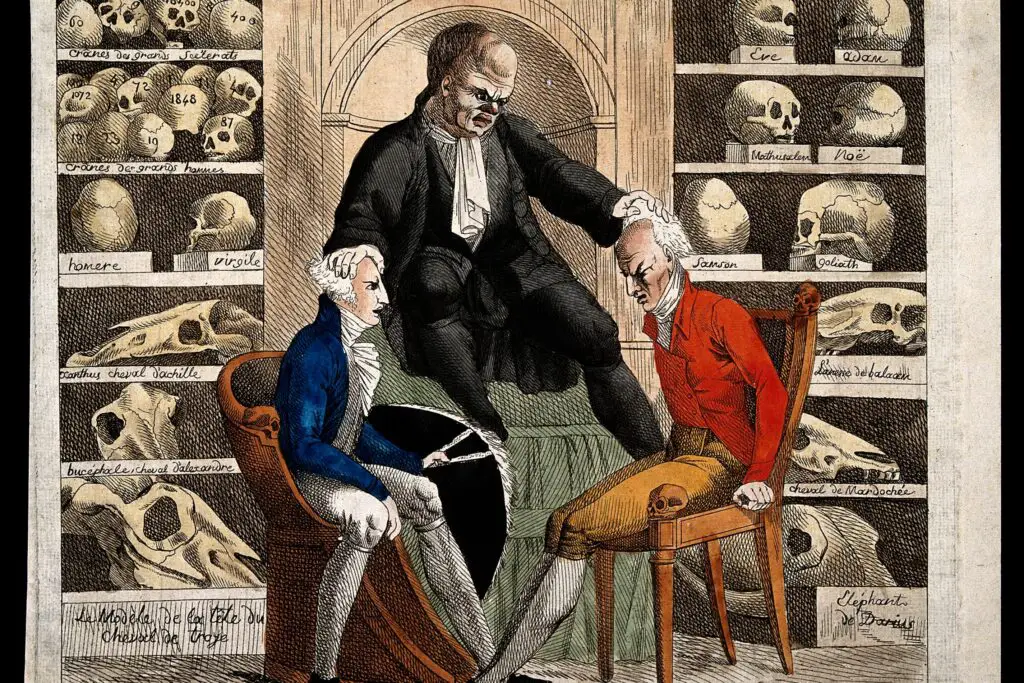
Back in the 1800s, phrenology was all the rage. This was the belief that you could determine someone’s personality traits, intelligence, and even morality just by feeling the bumps on their skull.
It sounds ridiculous now, but phrenologists had charts, clinics, and even influenced hiring decisions. It was considered cutting-edge science at the time. Eventually, real neuroscience and psychology proved how wrong it all was. But for a while, people were being judged—and sometimes jailed—based on their head shape.
4. The Four Humors

Before modern medicine, doctors believed our health was controlled by four bodily fluids: blood, phlegm, black bile, and yellow bile. Each one was tied to personality and mood, and being sick was just a matter of being “imbalanced.”
Treatments included bloodletting, vomiting, and purging, all to “rebalance” these humors. The whole idea dominated medical thinking for over a thousand years. Hippocrates and Galen helped solidify it into common practice. Today, we look back and cringe, but at the time, it was considered advanced healing.
5. Flat Earth
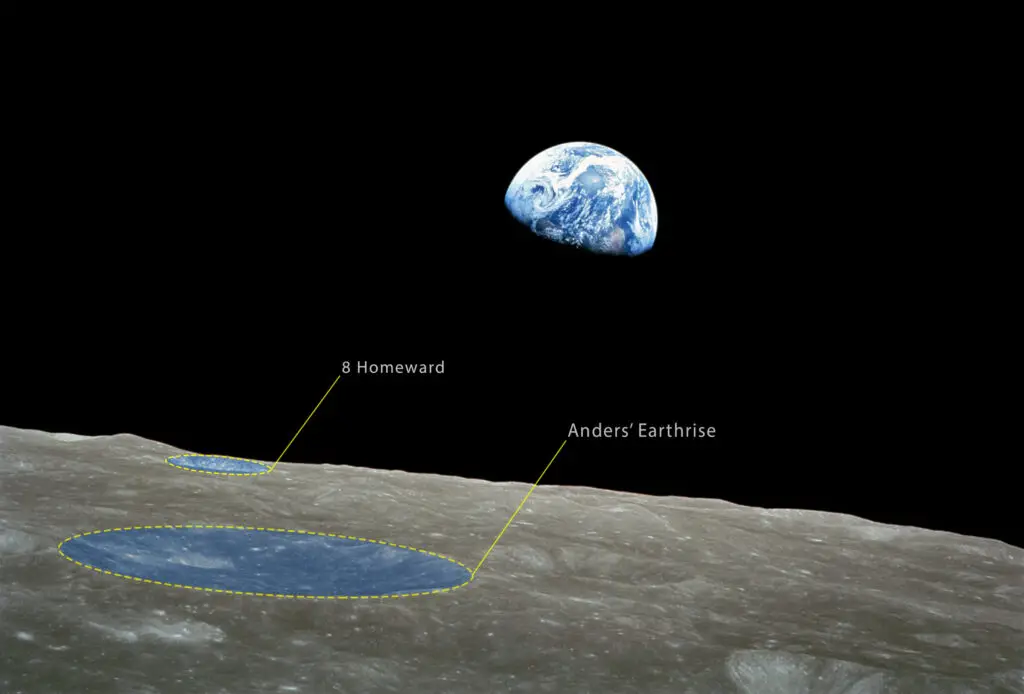
Even though the ancient Greeks had figured out that the Earth was round, the flat Earth theory stubbornly lingered. For a while, people believed our planet was a flat disc with edges you could potentially fall off.
It wasn’t universal, but in certain parts of the world and during certain eras, this idea was pushed hard. Sailors feared sailing too far and dropping off the edge. Eventually, explorers and astronomers put the idea to rest, but it still gets oddly revived today. Just goes to show how persistent a bad idea can be.
6. Miasma Theory

Before germs were discovered, people believed that diseases like cholera and the plague came from “bad air,” or miasma. Foul smells were thought to carry sickness, so cities focused on getting rid of odors rather than addressing actual contamination.
This theory stuck around for a shockingly long time. Even during major outbreaks, people thought burning incense or opening windows would keep them safe. It wasn’t until germ theory came along in the 1800s that the real causes of disease were understood. Until then, folks were fighting smells instead of microbes.
7. Martian Canals

In the late 1800s and early 1900s, respected astronomers claimed to see canals on Mars. Some even believed these canals were built by intelligent Martians to transport water across the dry planet.
This sparked a wave of public fascination and scientific speculation. Books, articles, and illustrations ran with the idea, imagining a sophisticated alien civilization. It took better telescopes and space missions to prove these “canals” were just optical illusions and natural features. But for a while, Martian engineers were a serious topic in science.
8. Caloric Theory
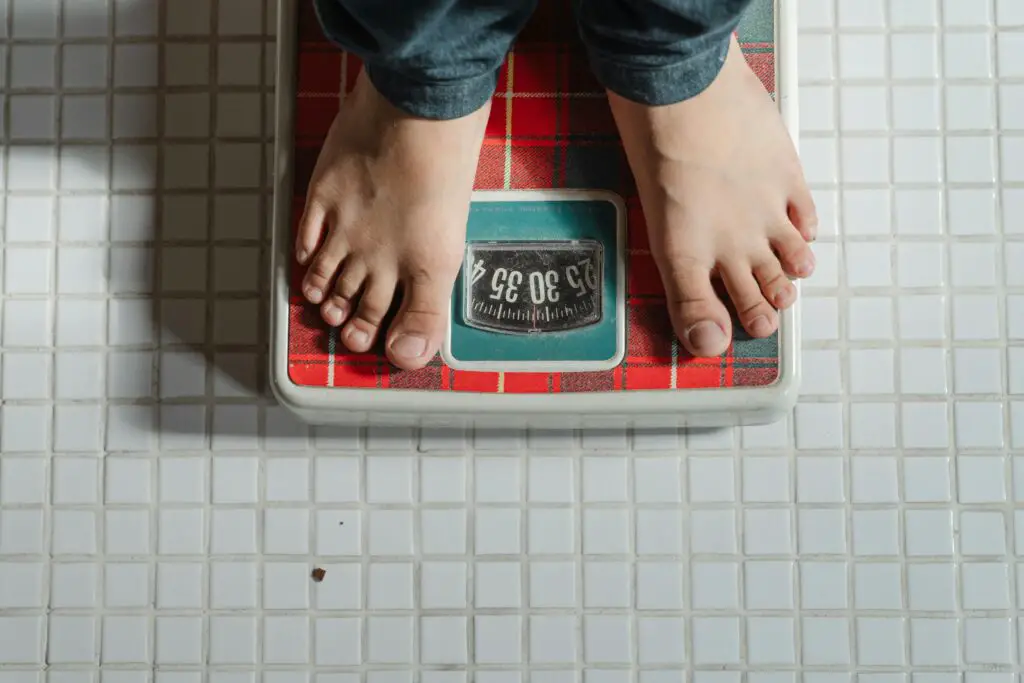
Before scientists understood heat as energy, they believed in a substance called “caloric.” This invisible fluid supposedly flowed from hot objects to cold ones, and that’s how heat was transferred.
The idea stuck around through the 1700s, influencing how people thought about combustion and temperature. Eventually, the laws of thermodynamics and the work of scientists like Joule replaced it. But caloric theory was considered solid science for generations. It’s a reminder of how even invisible ideas can hold power.
9. Women’s Uteruses Made Them Hysterical

For centuries, doctors claimed that women were prone to hysteria because of their wombs. The term “hysteria” itself comes from the Greek word for uterus, and treatments included everything from marriage to removal of the uterus.
This theory wasn’t just sexist—it shaped how women were treated medically and socially. Anything from mood swings to ambition could be labeled hysteria. It took feminism, psychology, and years of progress to finally move away from this toxic idea. But for a long time, it was baked into mainstream medicine.
10. Rain Follows the Plow

In the 1800s, American settlers were told that farming in the arid Great Plains would actually create rain. The logic? Tilling soil and planting crops would somehow alter the climate and make dry regions wetter.
This optimistic theory was pushed by politicians and land developers to encourage westward expansion. But it wasn’t true—droughts still came, and farming didn’t magically change weather patterns. The Dust Bowl of the 1930s shattered the myth completely. Still, for decades, it was promoted as scientific fact.
11. Lobotomies Are Therapeutic
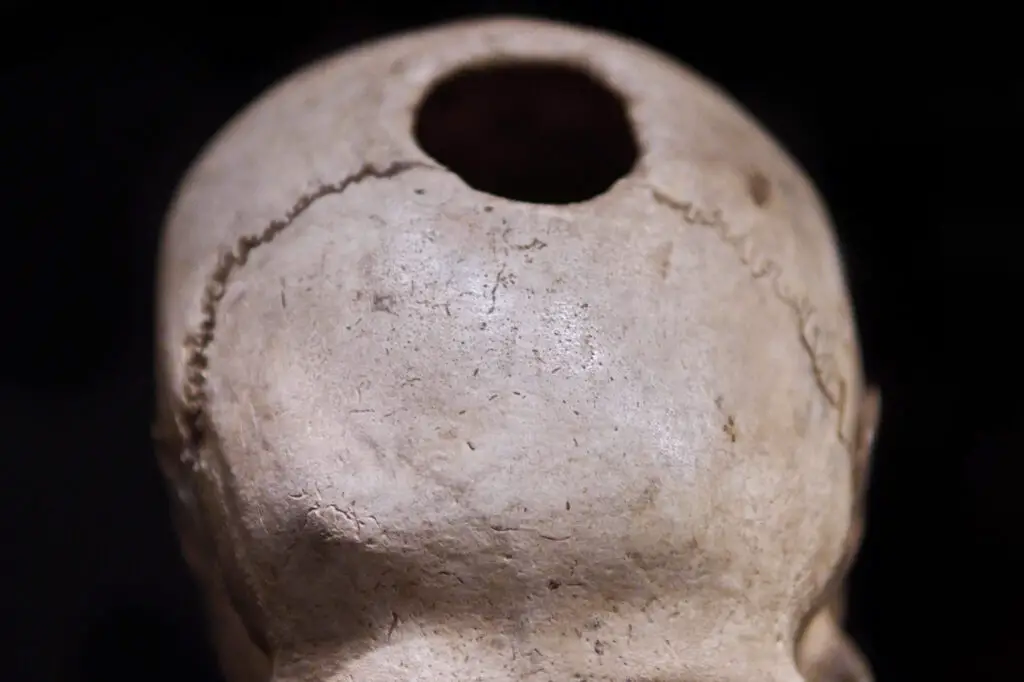
In the mid-20th century, lobotomies were seen as a miracle cure for mental illness. Doctors would sever connections in the brain’s prefrontal cortex, believing it would calm patients and make them more manageable.
While some people did become quieter, many lost critical thinking, personality, or the ability to function. It was taught and practiced in prestigious institutions, even earning a Nobel Prize. But eventually, better treatments and horror stories brought the truth to light. It’s a chilling example of how far science can go wrong when compassion is missing.
12. Humans Only Use 10% of Their Brains
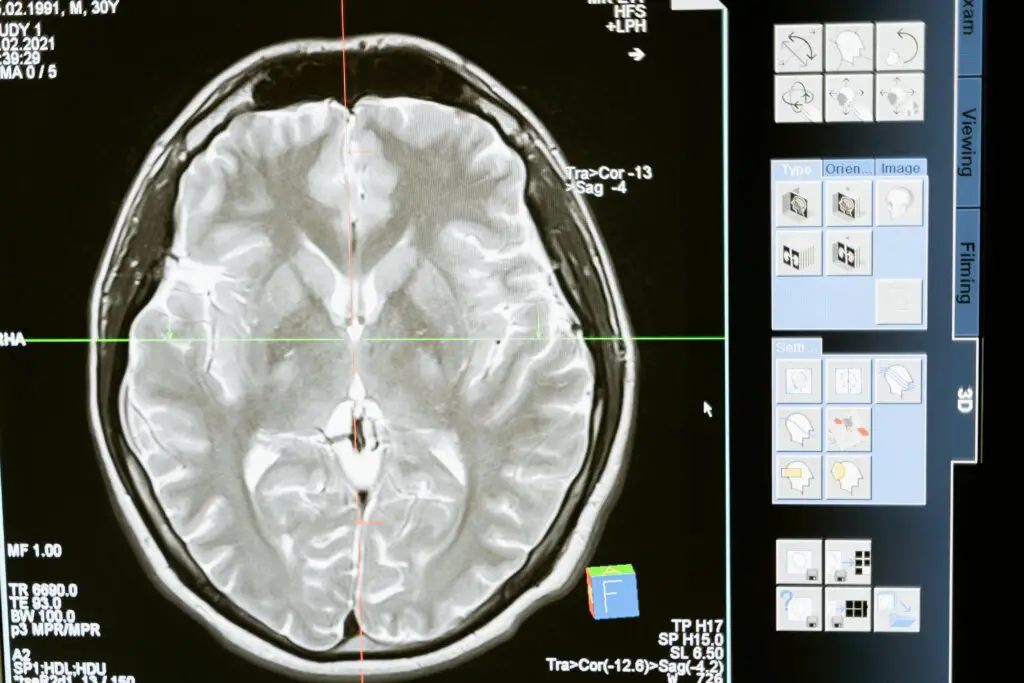
This catchy myth claims we only use a fraction of our brainpower and could unlock amazing abilities if we just tapped into the rest. It sounds exciting, which is probably why it’s been repeated so often in movies and motivational speeches.
But scientists have long debunked this idea. Brain imaging shows we use nearly every part of our brain, even when we’re at rest. There’s no secret chunk waiting to be accessed. Still, it’s a persistent myth that once passed for science—and one many people still believe.
